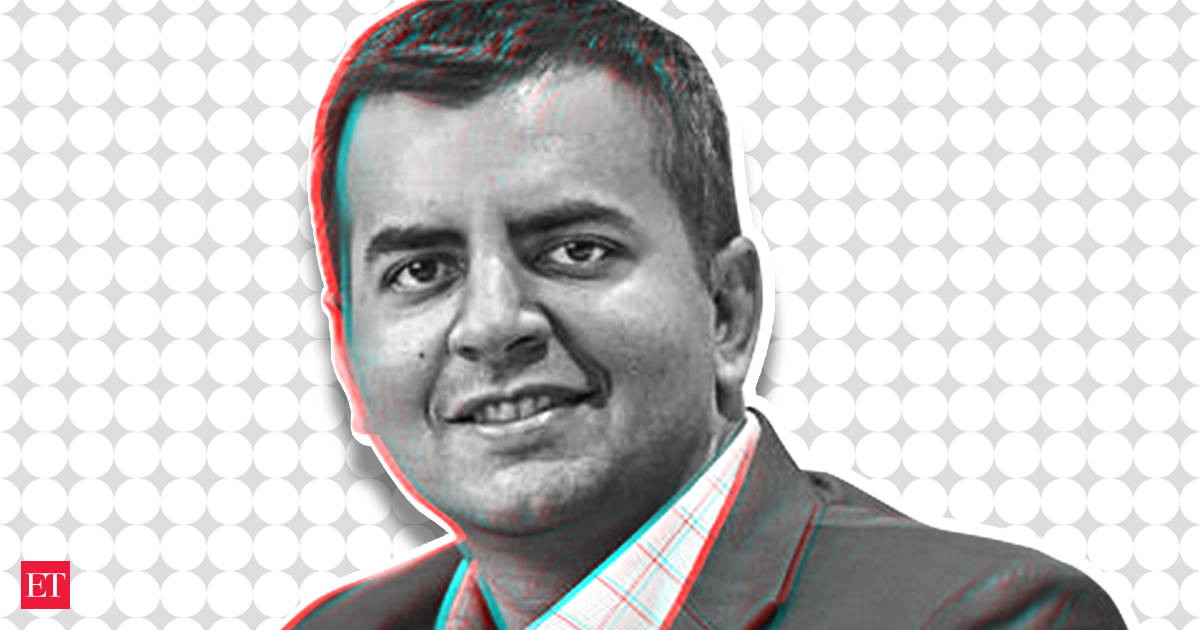Bhavish Aggarwal, often referred to as India’s Elon Musk, has set out to transform the Indian transportation industry with Ola Electric, his electric scooter venture. Ola Electric, which Aggarwal compares to Tesla in the West, has seen a meteoric rise, selling 338,000 e-scooters in just two years. Aggarwal envisions a future where the internal combustion engine (ICE) is eliminated from India’s roads, and electric vehicles (EVs) take over. Ola Electric plans to quadruple its annual production capacity to 2 million e-scooters by the early new year.
However, the company’s rapid growth has presented challenges for its service network. Reuters visits and interviews with Ola service staff and customers revealed signs of strain in several service hubs across India. Backlogs, limited workforce, and a shortage of spare parts have led to extended repair waiting times ranging from three days to two weeks. At a workshop in Thane, Mumbai, over 100 e-scooters waiting for repairs were observed, as Ola’s service staff struggled to keep up with the surge in demand. This comes in contrast to Aggarwal’s earlier promise that customers would receive same-day service in most cases.
Aggarwal acknowledges the capacity issues and has stated that Ola is aggressively expanding its service network by adding 100 new centers and hiring more technicians. He recognizes the need for a robust service infrastructure in India, given the country’s challenging driving conditions and the inexperience of many Indians with EVs. The success of Ola Electric depends on its ability to address these service capacity issues and build a reliable and efficient service network. Ravi Bhatia, an auto consulting firm expert, highlights the importance of a strong service network for EV companies in India, as word-of-mouth can make or break their reputation.
Despite the challenges in servicing, Ola Electric has established itself as the leader in India’s two-wheeler EV market, accounting for about a third of sales by volume. Its success has attracted significant investments from renowned investors such as SoftBank and Temasek and positions the company for a $700 million Indian IPO. The overall EV market in India has also witnessed impressive growth, with e-scooter sales nearly tripling in the past year. However, EV sales still constitute a small fraction of total two-wheeler sales in India, and charging infrastructure remains underdeveloped.
The service issues reported by Ola customers include battery drainages, software glitches, and damaged wires. Inexperienced drivers and challenging road conditions exacerbate these problems. Ola Electric needs to invest in building a robust service infrastructure to address these issues and ensure customer satisfaction. Customer complaints regarding repair times and difficulties in finding servicing slots have been prevalent on social media platforms. However, Aggarwal dismisses much of the online criticism as mudslinging by rivals and emphasizes that Ola Electric’s sales have soared in India’s festive season.
Despite the strains of success, Ola Electric remains committed to its mission of replacing ICE vehicles with EVs in India. Aggarwal’s ambitious goal of making all new scooters and motorbikes in India electric by the end of 2025 surpasses the government’s target of 70% EV penetration by 2030. Ola Electric’s journey continues, with a focus on expanding its service network, addressing service capacity issues, and building a sustainable future for transportation in India.











